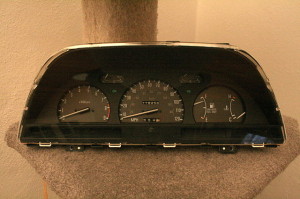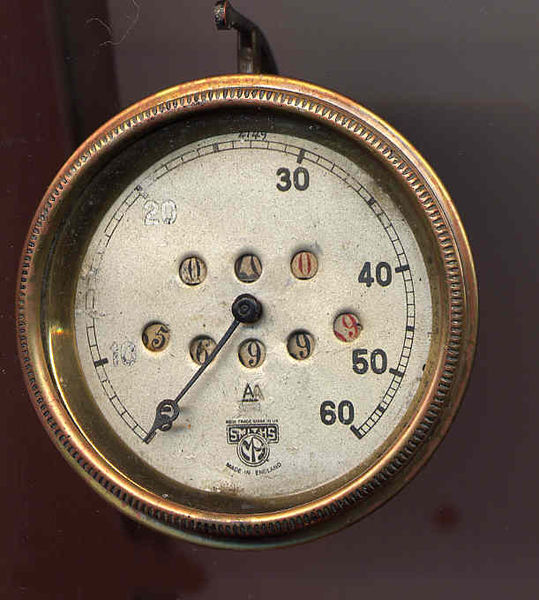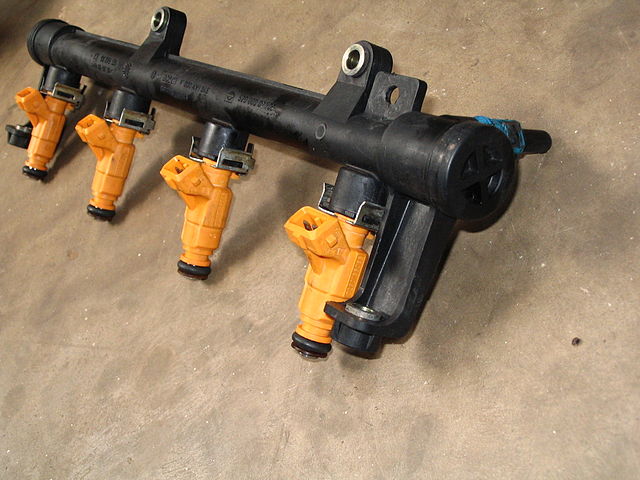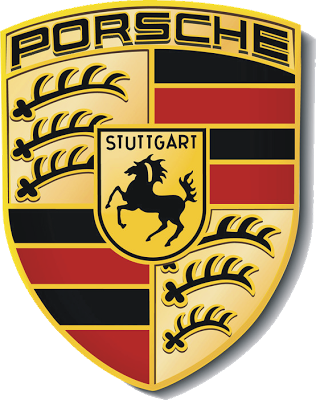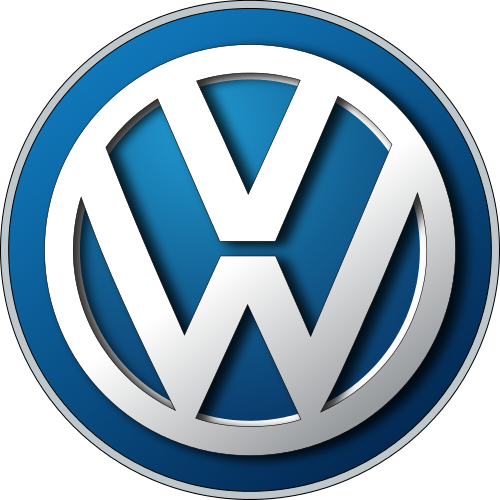Introducing the Instrument Cluster
An instrument cluster is a component that contains a number of gauges and readouts that are designed to provide a driver with essential information. Some of the gauges and indicators that are typically built into an instrument cluster include:
- Fuel gauge
- Speedometer
- Odometer
- Tachometer
- Coolant temperature gauge
- Battery charge indicator
- Gearshift indicator
- Turn signal indicators
- Headlight/high beam indicator
- Malfunction/maintenance indicators
In most modern cars and trucks, the instrument cluster is mounted immediately in front of the steering wheel, which places all of the gauges within the driver’s natural line of sight. However, some vehicles have instrument clusters that are centrally-mounted (typically above the head unit and climate controls in the center of the dash.) In the past, other configurations were also common. Some vehicles have had turn signal indicators mounted at the front, top end of each fender, many early automobiles had coolant temperature gauges built right into the radiator caps, and some vehicles have also had tachometers that were hood-mounted.
Contents
History of the Instrument Cluster
Since instrument clusters are just a series of gauges and indicators that are grouped together (often in a single, unified shell or case), the history of instrument clusters is really the history of the component gauges and indicators, and how they slowly came together.
Of course, when the first automobiles rolled out of the barns and sheds where they were built (and even when the first mass-produced cars went on sale), they didn’t have instrument clusters. For that matter, they didn’t have instruments at all. These early automobiles looked more like the carriages of the day than like modern cars, and they lacked anything like the passenger compartment or so-called cockpit that we’re familiar with today.
The first component gauge to show up was the speedometer, which was introduced for safety reasons. Prior to this, drivers had no concrete way to judge how fast they were going. The first speedometer was patented in 1902, and they entered mass production in 1905. By 1910, OEMs had started to include a speedometer as standard equipment. Since most of these early speedometers were mounted on the dashboard, this formed the initial basis for the instrument clusters that we know today.
Another early addition to automobile instrumentation was the odometer, which has actually been in use (in various forms) since antiquity. In more recent history, they were used on ships, horse-drawn carriages, and bicycles. Benjamin Franklin even invented his own carriage-mounted odometer with the aim of determining postal route mileage. So although the first automobiles lacked odometers, the idea was far from new, and the first automobile odometer was patented in 1903, and they were standard equipment within a few decades.
By the time the first gas gauge was invented in 1914, the modern instrument cluster as we know it today was already starting to take shape. Of course, various manufacturers have done a lot of different things with instrument clusters throughout the years, and the modular units we have today are a relatively recent innovation. A number of OEMs also took brief detours in the 1980s and 1990s with LED and digital dashboards, although that trend has decreased in recent years.
Gauges Vs. Idiot Lights
Over the course of the last few decades, cost-cutting efforts have resulted in a trend of OEMs moving from gauges to so-called “idiot lights,” and there are a number of different systems that can use one or the other. Some types of information that can be communicated via either a gauge or an indicator light include:
- Battery charge
- Oil pressure
- Engine temperature
Although a gauge allows a driver to closely monitor the status of a system and take action if it becomes necessary, a light provides immediate notification that something is wrong. This is typically easier for a driver to notice, although there is no indication of how a system is operating until something has actually broken, which is why they are often referred to as “idiot lights.”
Instrument Clusters Today and Tomorrow
Modern instrument clusters are often modular, in that a single, removable unit houses all of the instrumentation in a vehicle. These modular clusters are either all-electronic or all-electronic with a mechanical speedometer. The modular nature of these units makes them relatively easy to replace, although repairs can be difficult or costly. Some modern vehicles still use gauges and indicators that are independently mounted to the dash, and some have clusters that are centrally-located instead of installed directly in front of the driver.
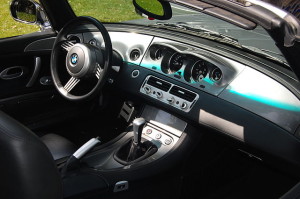
Although most modern instrument clusters are located immediately in front of the steering wheel, some are more centrally positioned.
There has also been a trend towards all-electronic and digital instrument clusters, and recent innovations have included technologies like heads up displays, which can provide much of the same information seen in an instrument cluster and also assist in automotive night vision. Whether these technologies prove to be the way forward or little more than than fads remains to be seen.

